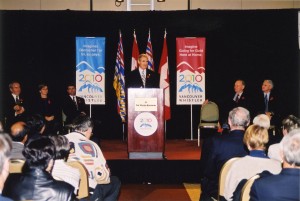
As the official repository for the Vancouver Organizing Committee for the 2010 Olympic and Paralympic Winter Games (VANOC) records, the Archives has been preparing for the acquisition of the Archives of the Games since as early as 2004. We knew that these archival records would have to be identified and transferred to the Archives very quickly after the Games since the organizing committee would only exist for a short while longer to tie up any final business. In the summer before the Games, VANOC welcomed us into their headquarters so that we could analyze their working environment and determine the best ways to acquire their valuable legacy documents.
After the Games, VANOC representatives continued working closely with us to ensure that once a donation agreement was signed, their records could be easily and securely transferred to the City Archives. The first group of records for transfer, the records of the Bid Corporation (BidCorp), were at an immediate risk of being permanently damaged by some unwelcome invaders, so VANOC staff called us in to help.
Many of the BidCorp records weren’t used very much once VANOC was formed to stage the Games, so they were stored in a wood shop in East Vancouver. The RONA Vancouver 2010 Fabrication Shop (Fab Shop) was a tidy shop where the podiums and other Games’ props were made and where at-risk groups were taught invaluable skills.
Don’t let the Bid Bugs bite!
Despite their best efforts, VANOC found out the hard way that no amount of tidyness could stop persistent insects. Invading silverfish couldn’t resist the shop’s smorgasbord—their favorite treats, paper, wood glue and cardboard.
Conservator Sue Bigelow and I met two VANOC records managers at the Fab Shop one warm April day in 2010. We were armed with trash bags and tape to seal the boxes (and seal the bugs inside!). As you’ll see in the following photographs, we wore Tyvek suits to protect our clothing from the wood shop dust and unwelcome stowaways.
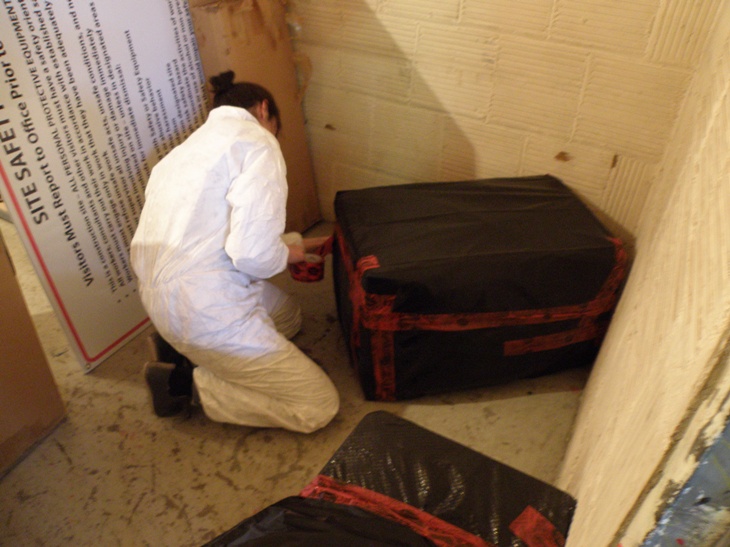
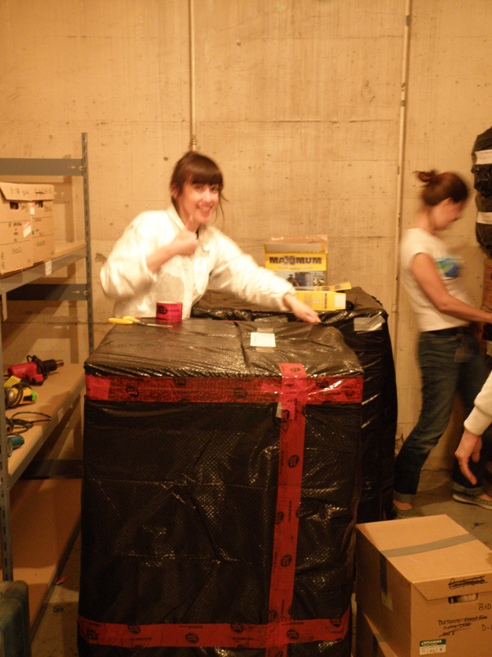


Saving the Records by Freezing the Bugs
Once the sealed boxes made it to the Archives, we took the next step to protect their contents. All of the boxes were placed in our large walk-in freezer for two weeks so that the bugs (and any other critters that might have made their home in the Fab Shop storage) would die. This way, when it came time to process the BidCorp records the bugs would be dead and would not be a threat to other holdings in our vaults.
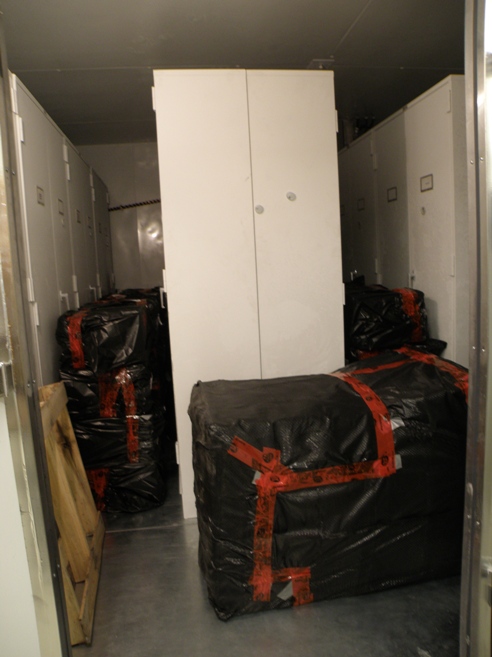
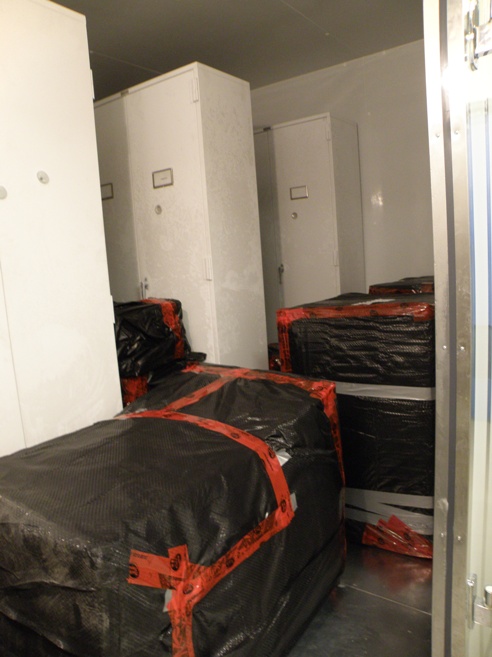
Under my supervision, our 2011 UBC-SLAIS summer intern, Tom Jackman, appraised, arranged, described and rehoused the Bidcorp records and, thanks to his hard work, they now look like this, ready (with some restrictions to protect privacy and confidentiality), for researchers to use:
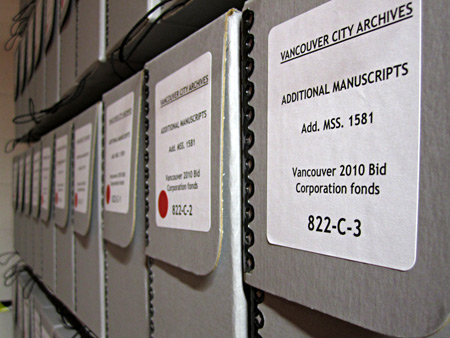
Results
The process worked perfectly, and the only bugs left in amongst the paper by the time we unsealed the records for processing were long since deceased. That didn’t stop this archivist from screeching at the sight of them, though.
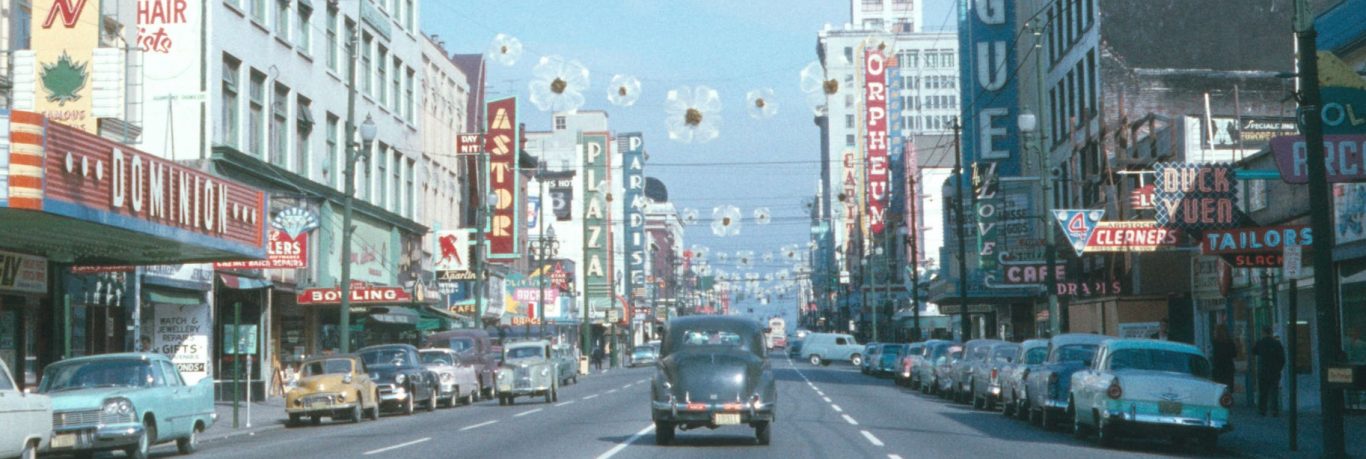

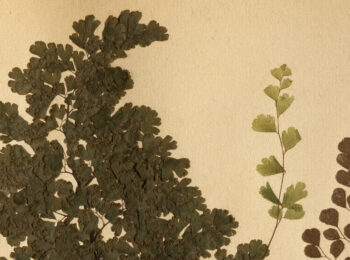
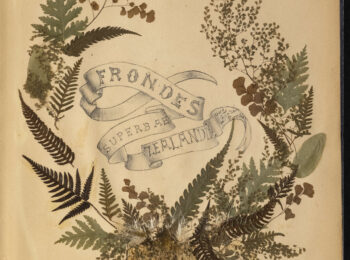
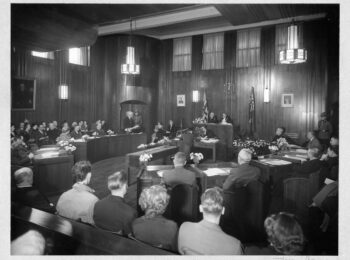
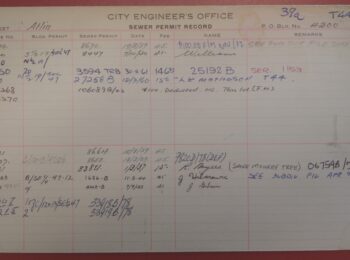
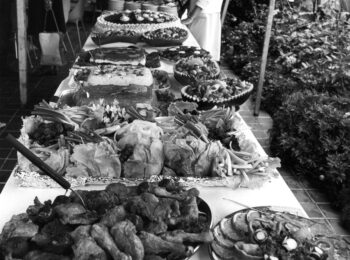
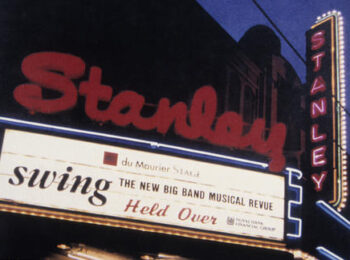
What temperature do you consider best for freezing *all* the little beasties? 0C? -10C? ???
We’ve been following the procedure outlined in Heritage Eaters by Mary-Lou Florian, James & James, 1997, page 73, which includes recommendations for the starting (pre-freezing) temperature and the rate of freezing. -20ºC is recommended, but Mary-Lou has told us that a slightly warmer temperature will work, as long as we leave the items frozen for longer. We freeze at -18ºC. Note that since publication, it has been found that a single, longer freeze (rather than cycling to low temperatures) will do the job. We don’t use this method on materials that could be damaged by freezing.